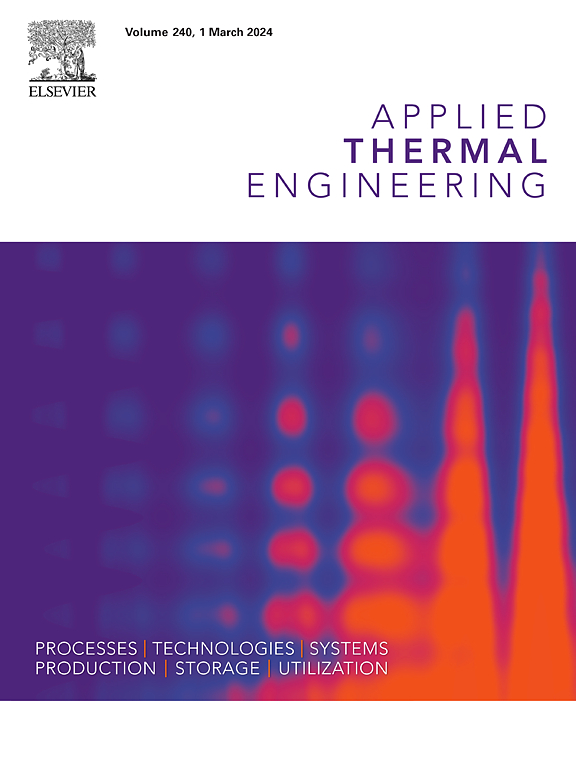Beyond traditional PV system: An annual study on incorporating thermal, phase change material, and thermoelectric generator technologies for performance optimization under various climatic conditions
IF 6.1
2区 工程技术
Q2 ENERGY & FUELS
引用次数: 0
Abstract
Photovoltaic (PV) systems play a pivotal role in the global transition to sustainable energy systems and reducing greenhouse gas emissions. The enhancement of the systems’ electrical performance has been an intriguing research topic addressed through the development of various cooling technologies. However, the evaluation of these technologies under dissimilar real-world operating conditions to support informed decision-making remains limited, leading to mixed conclusions about their actual potential. This study conducts a year-round assessment of common PV cooling technologies—Phase Change Material (PCM), Thermal Absorber (TA), and Thermoelectric Generators (TEG)—across diverse climates (cold to desert). Six configurations were tested: PV-only, PV-PCM, PV-TEG, PVT, PVT-TEG, and PVT-PCM. An optimized PCM model enabled annual simulations balancing computational efficiency and accuracy, while computing cold inlet water temperature variations based on weather data. Mathematical models were developed and validated in MATLAB using hourly meteorological data. Annually, the PVT-PCM system achieved the highest total energy efficiency (83 %), outperforming other configurations. In terms of average electrical efficiencies, PVT-TEG and PV-PCM systems ranked first and second, with a range of 11.4–12.2 %. However, TEG integration was limited by insufficient temperature gradients, underscoring the need for advanced materials or cooling approaches. These findings offer key insights into the performance of optimized PV configurations across various climate conditions over a full year period.
求助全文
约1分钟内获得全文
求助全文
来源期刊

Applied Thermal Engineering
工程技术-工程:机械
CiteScore
11.30
自引率
15.60%
发文量
1474
审稿时长
57 days
期刊介绍:
Applied Thermal Engineering disseminates novel research related to the design, development and demonstration of components, devices, equipment, technologies and systems involving thermal processes for the production, storage, utilization and conservation of energy, with a focus on engineering application.
The journal publishes high-quality and high-impact Original Research Articles, Review Articles, Short Communications and Letters to the Editor on cutting-edge innovations in research, and recent advances or issues of interest to the thermal engineering community.
 求助内容:
求助内容: 应助结果提醒方式:
应助结果提醒方式:


